Feeling tired and down in the dumps? Finding it hard to focus? It might be more than back-to-work blues. When we get more hours on Netflix than we do of sunlight, our Vitamin D levels plummet - and with them, it can often take our mood and energy levels right down, too. This often-overlooked vitamin could be the key to getting a spring back in your step - but it's elusive this time of year.
We quizzed leading clinical nutritionist, Kamilla Schaffner, on how to hunt it down. Kamilla told us, "Vitamin D is both a vitamin and a hormone that controls the balance of calcium and phosphate concentrations in the body. Vitamin D is usually synthesized by the action of sunlight on the skin, but when the sunlight exposure is inadequate [ed note: Hello, UK] dietary sources of it are required. This is a stark issue for people living in the Northern hemisphere where lack of daylight is very frequent."
Why is Vitamin D important?
"Vitamin D is vital for the normal growth and development of bones and teeth, especially in children. It also plays a critical role in maintaining an optimal immune system response. It protects against muscle weakness, and is involved in regulation of the heartbeat. There are two types of Vitamin D: D2 which is a plant-based form and D3, which comes from animal sources."
What foods have Vitamin D?
Kamilla gave us the following...
Fish liver oils like cod, halibut and herring, tuna and mackerel
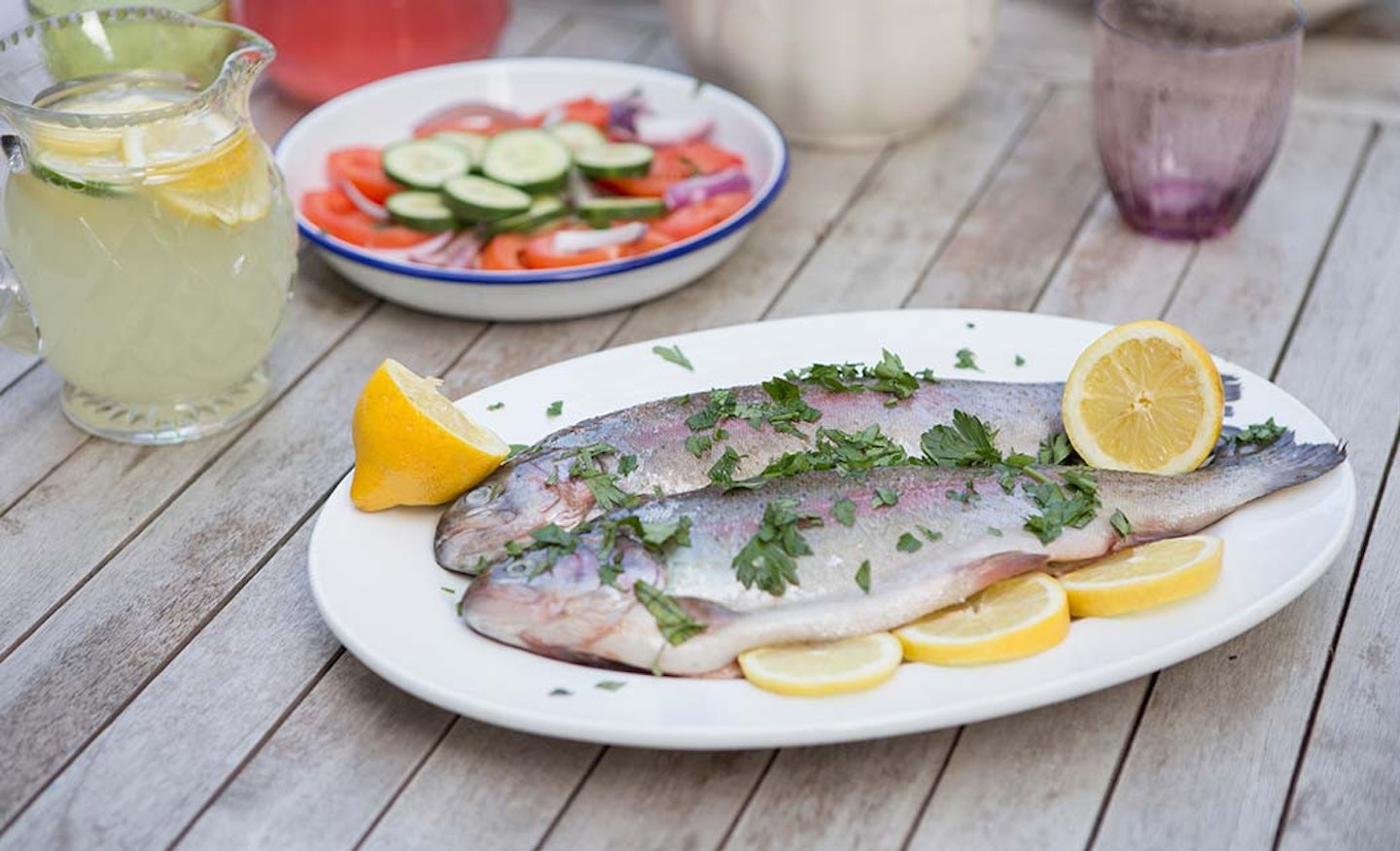
Liver

Oysters
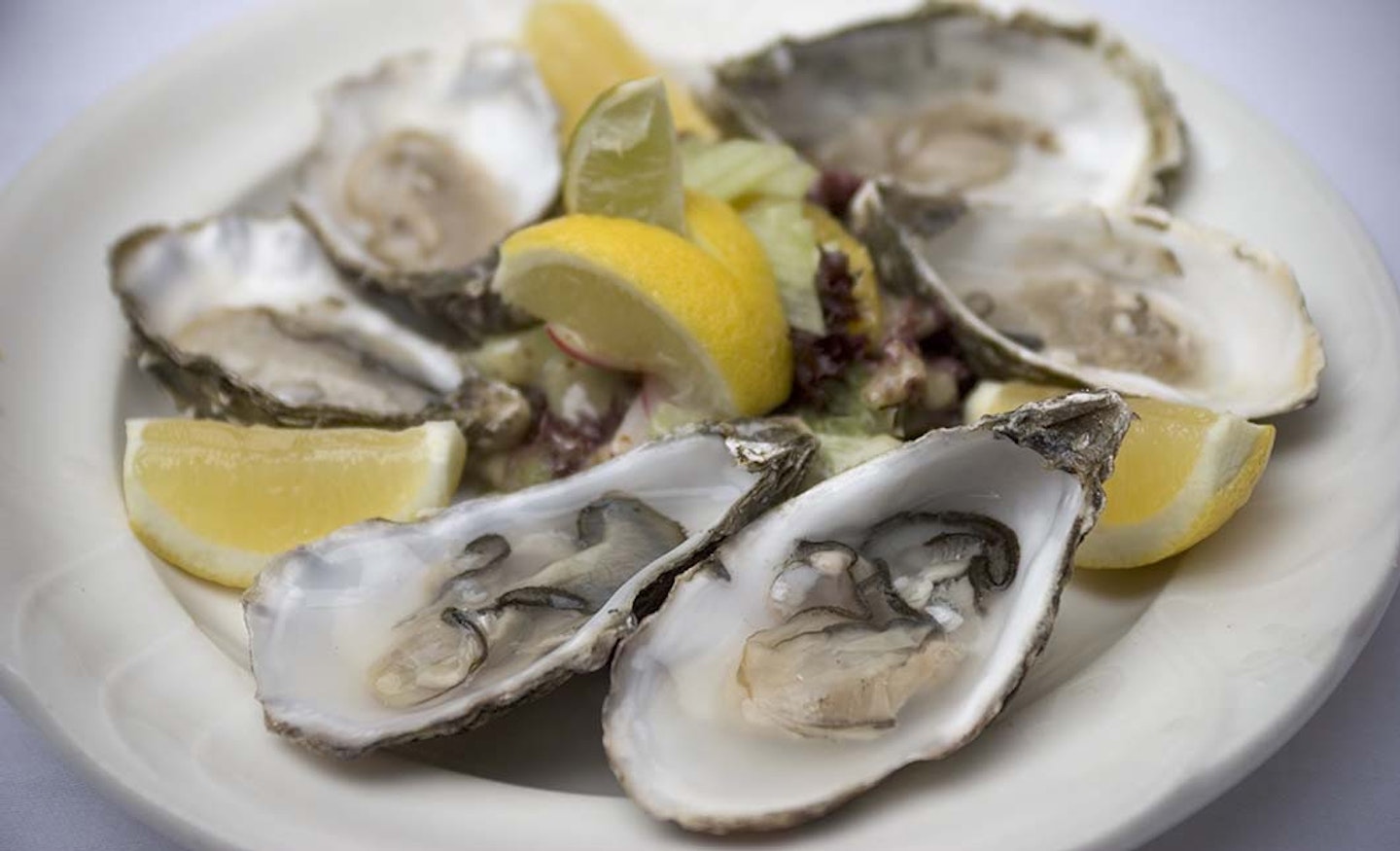
Butter, milk and eggs
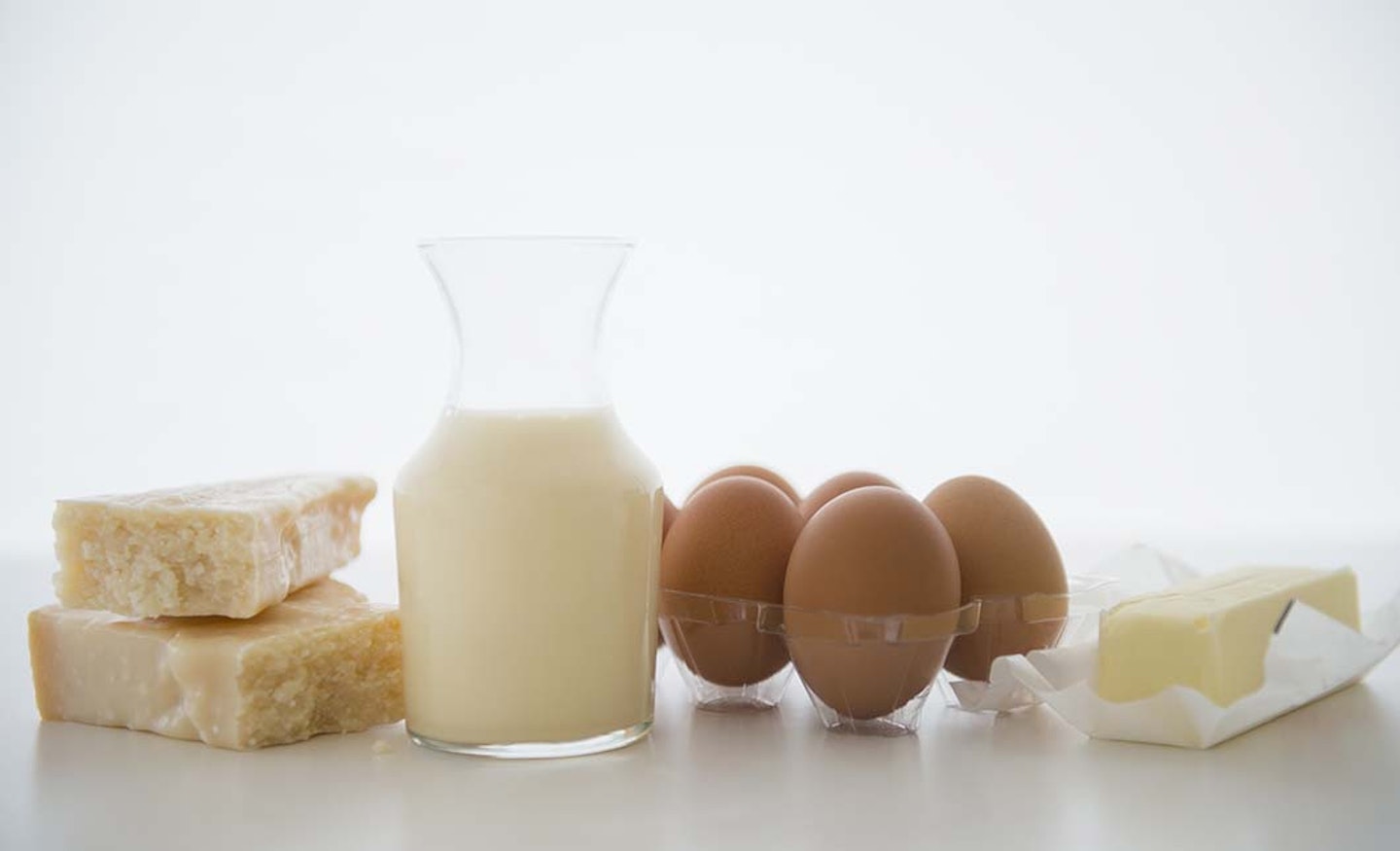
Sprouted seeds and dandelion greens
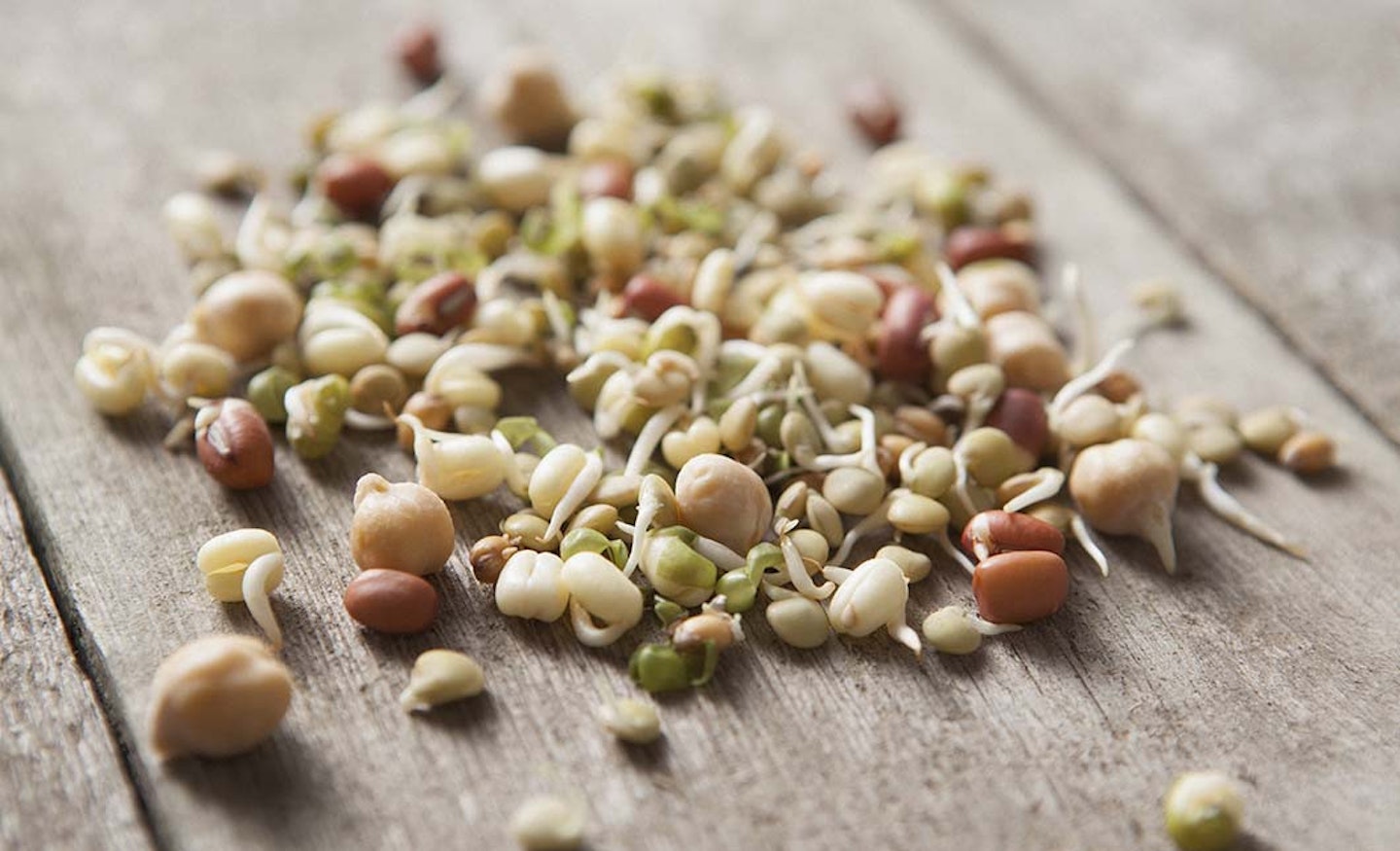
Shiitake mushrooms
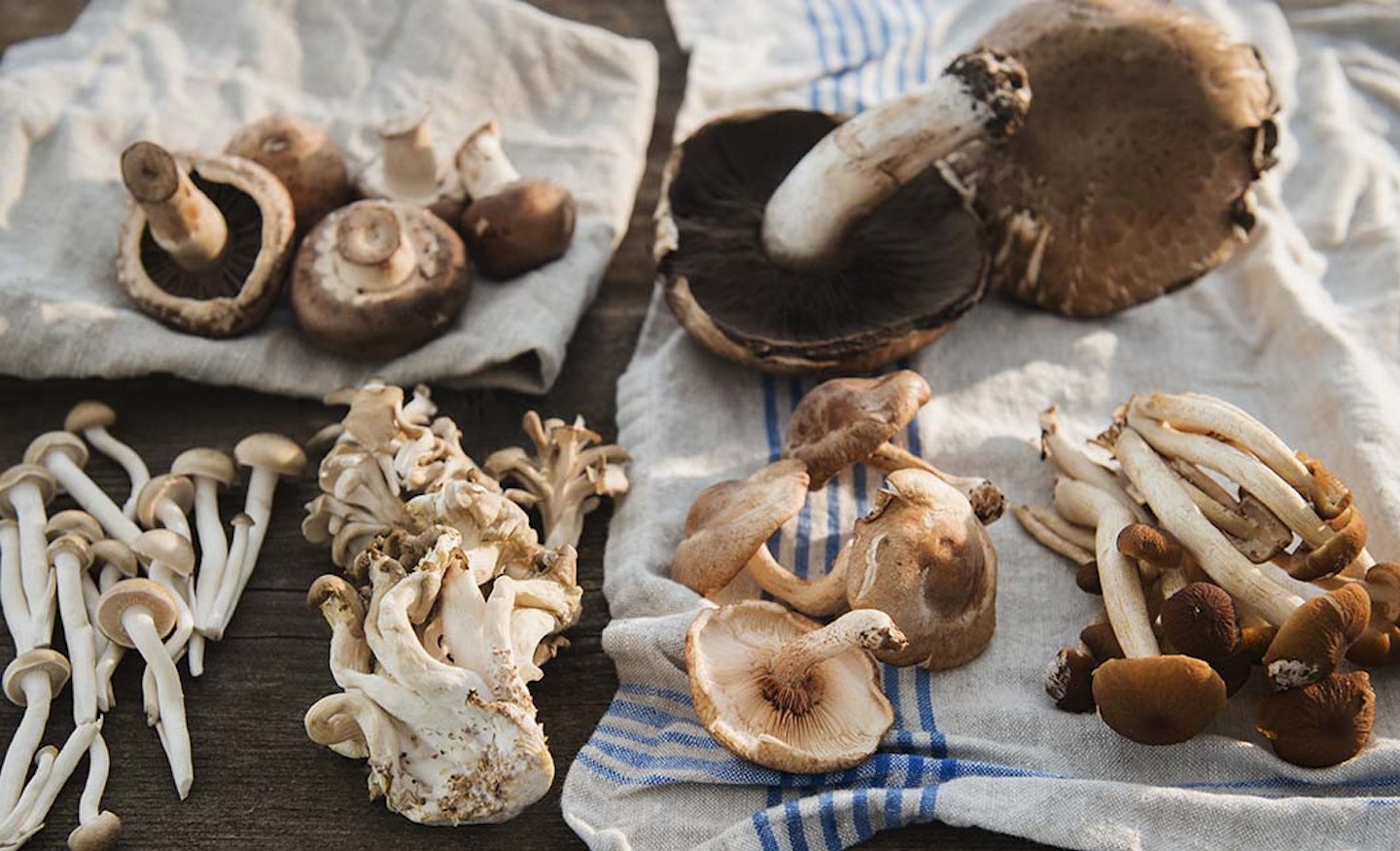
Oatmeal
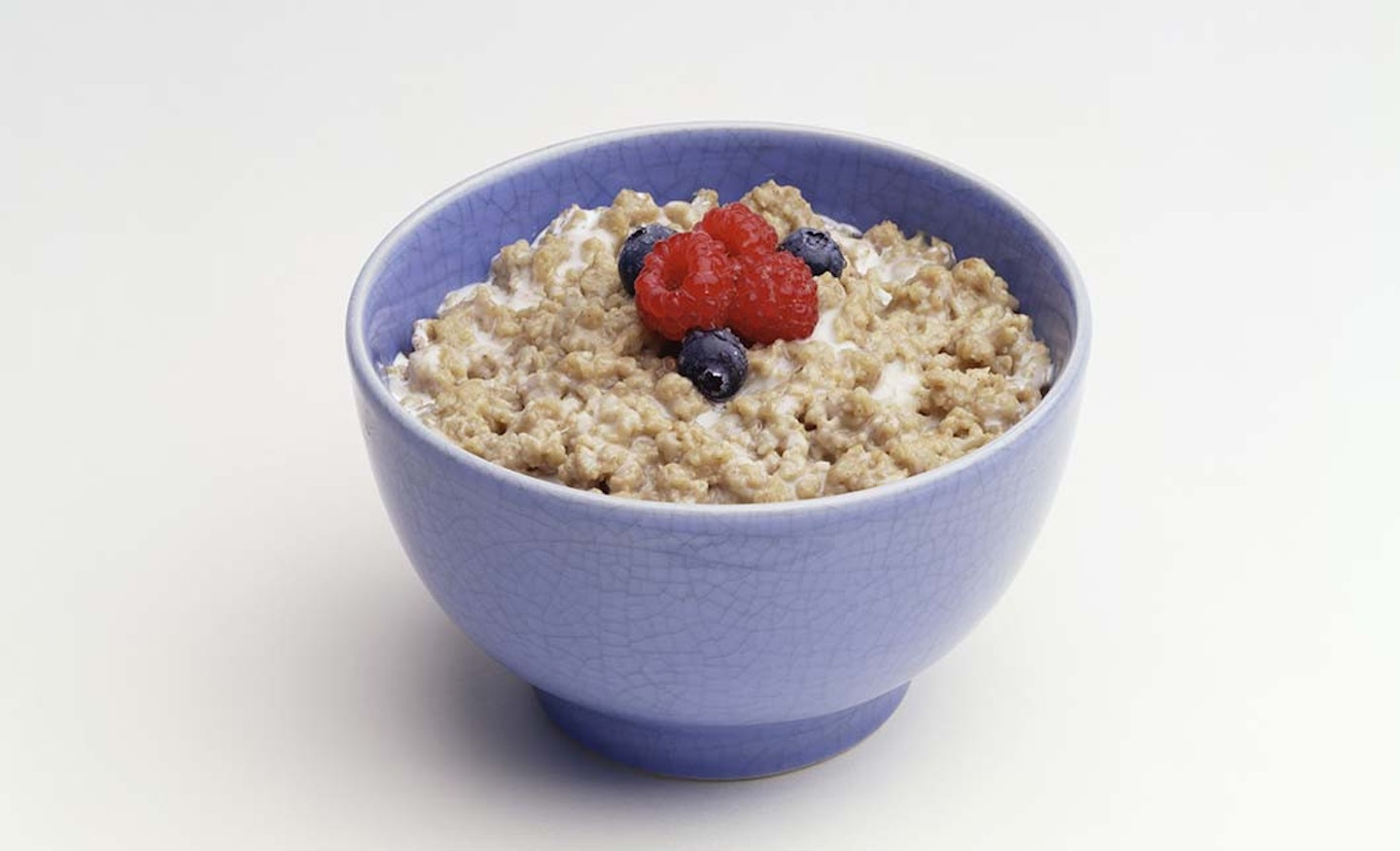
Sweet potatoes

With the vegan and vegetarian options, Kamilla noted "You need a lot of these foods to deliver appropriate amount of the vitamin, so load up! Some foods like milkand fruit juices are fortified with vitamin D – another reason to read food labels carefully."
What are the symptoms of a Vitamin D deficiency?
As Kamilla explained, "The important thing to remember is that vitamin D is absorbed with the help of fat. People on very low-fat diets may have genuine problems absorbing the vitamin from the dietary sources. In addition, people with history of liver or kidney disease may have a higher than average vitamin D requirements - and that is why they are at higher risk of osteoporosis."
"The most common symptoms of deficiency are:
Who's at risk of suffering from a Vitamin D deficiency?
Some of us are more at risk than others of being deficient. Kamilla laid it out: "Of course, illness like rickets, osteomalacia, osteoporosis, softening of bones and teeth as well as skeletal abnormalities and growth retardation are prime manifestations of a severe Vitamin D deficiency. Also, people suffering from auto-immune diseases like Multiple Sclerosis and IBD are known to be low on the vitamin."
"Another common manifestation of a Vtamin D deficiency is SAD (Seasonal Affective Disorder) which is incredibly common at the moment. Lack of sun and lack of daylight in general affect many peoples’ health systems, and the most common manifestations of it are persistent lethargy, lack of mental focus and energy and mild depression. Unfortunately, it is very frequently brushed off by people as post-holidays ‘back to reality’ syndrome."
